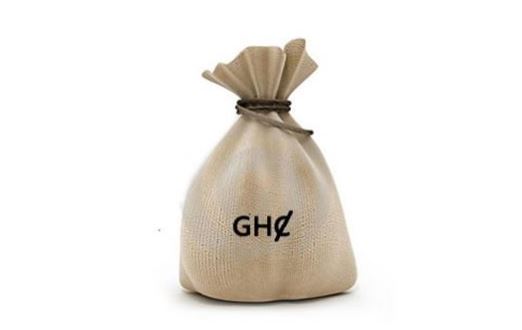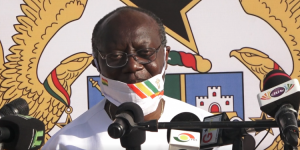Government will reduce its loans going forward as it will borrow only ¢611.94 million as fresh funds between July and September this year, its Issuance Calendar from the Finance Ministry has revealed.
This is compared with ¢2 billion expected fresh funds to be borrowed between June and August 2021.
Overall, government plans to issue a gross amount of ¢23.230 billion, of which ȼ22.618 billion is to rollover maturities.
Chunk of the funds to be mobilized will come from the 91-day Treasury bill as ¢11.1 billion will come from the short term securities. This is a clear intention of government’s quest to reduce foreign borrowing, but could crowd out the private sector from access to funds on the domestic market.
The 2-year bond will follow as government is expected to raise ¢4.3 billion during the period, whilst ¢2.78 billion will be mobilized from the issuance of the 182-day T-bills.
As part of the strategy to lengthen the maturity period, government will also issue ¢1.0 billion 15-year bond and ¢1.8 billion 10-year bond.
The month that the government will borrow so much is September 2021, which it is expected to raise ¢9.35 billion. In August, the government will borrow ¢5.78 billion.
The new funds is expected to finance government projects outlined in the 2021 Budget.
The issuance calendar takes into consideration Government’s liability management programme, market developments (both domestic and international) and the Treasury & Debt Management objective of lengthening the maturity profile of the public debt.
Ghana’s Public debt rises by ¢13bn to hit ¢304.6bn
Ghana’s public debt stock rose by ¢13 billion to hit ¢304.6 billion in March 2021, the Bank of Ghana (BoG) Summary of Economic and Financial Data disclosed.
This was equivalent to 70.2% of Gross Domestic Product (GDP), lower than the 76.1% registered in December, 2020.
The fall in debt to GDP ratio is probably due to the expected expansion in the size of the economy, despite the impact of Covid-19.
The $3billion Eurobond raised by the country in March this year, accounted for this jump in the debt.
Between December, 2020 and March, 2021, ¢13billion was added to the country’s debt. The debt stood at ¢291.6 billion at the end of last year.







